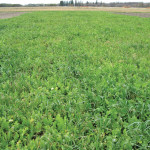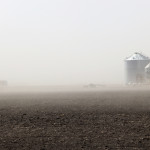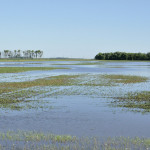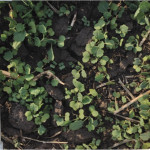
Tag Archives Agricultural soil science

Cover cropping – tips of the trade
Cover crop grower Gabe Brown says the best place to start when designing a species mix is to understand what your field needs and find the species that best addresses those issues

Healthy soils mean a sustainable future
Causes, consequences of and solutions to soil erosion are always connected

Cover crops breaking out of livestock niche
Benefits of cover crops shown to accrue to grain portion of mixed operations, causing some without livestock to consider them

Taking grazing-management tips from Mother Nature
Gabe Brown says his success in cover cropping has come through observing and mimicking nature’s processes

Soil Conservation Week highlights land stewardship, public education
Soil conservation makes land more productive, but the benefits go well beyond that

A wet cycle has caused some farmers to rethink zero till
Seeding & Tillage Focus: As the province’s wet cycle appears poised to break, soil compaction is a lingering after-effect

Careful management key to keeping clubroot level low in province
Experts call for soil testing, scouting and diligent rotations to keep clubroot at low levels

Reducing agriculture’s carbon footprint by focusing on soil
Storing water where it falls is another area where agriculture should do a better job

Mix it up for phosphorus’s sake
Some producers have found innovative ways to balance phosphorus levels, including land swapping

Keeping volunteer canola out of soybeans
Inter-row tillage looks like a promising management tool


